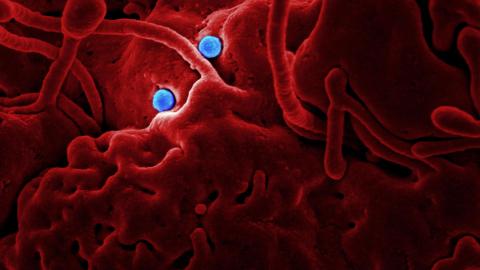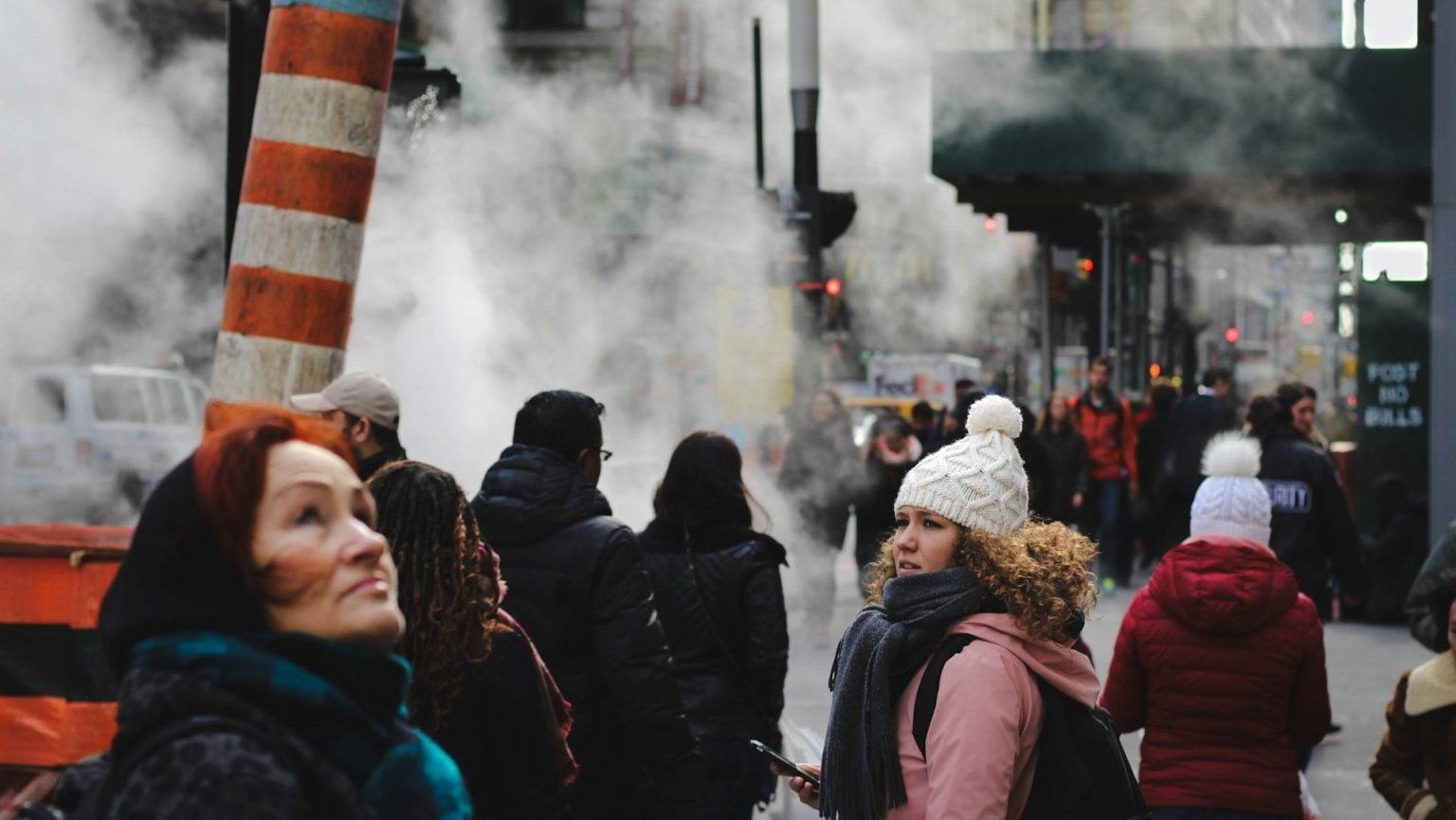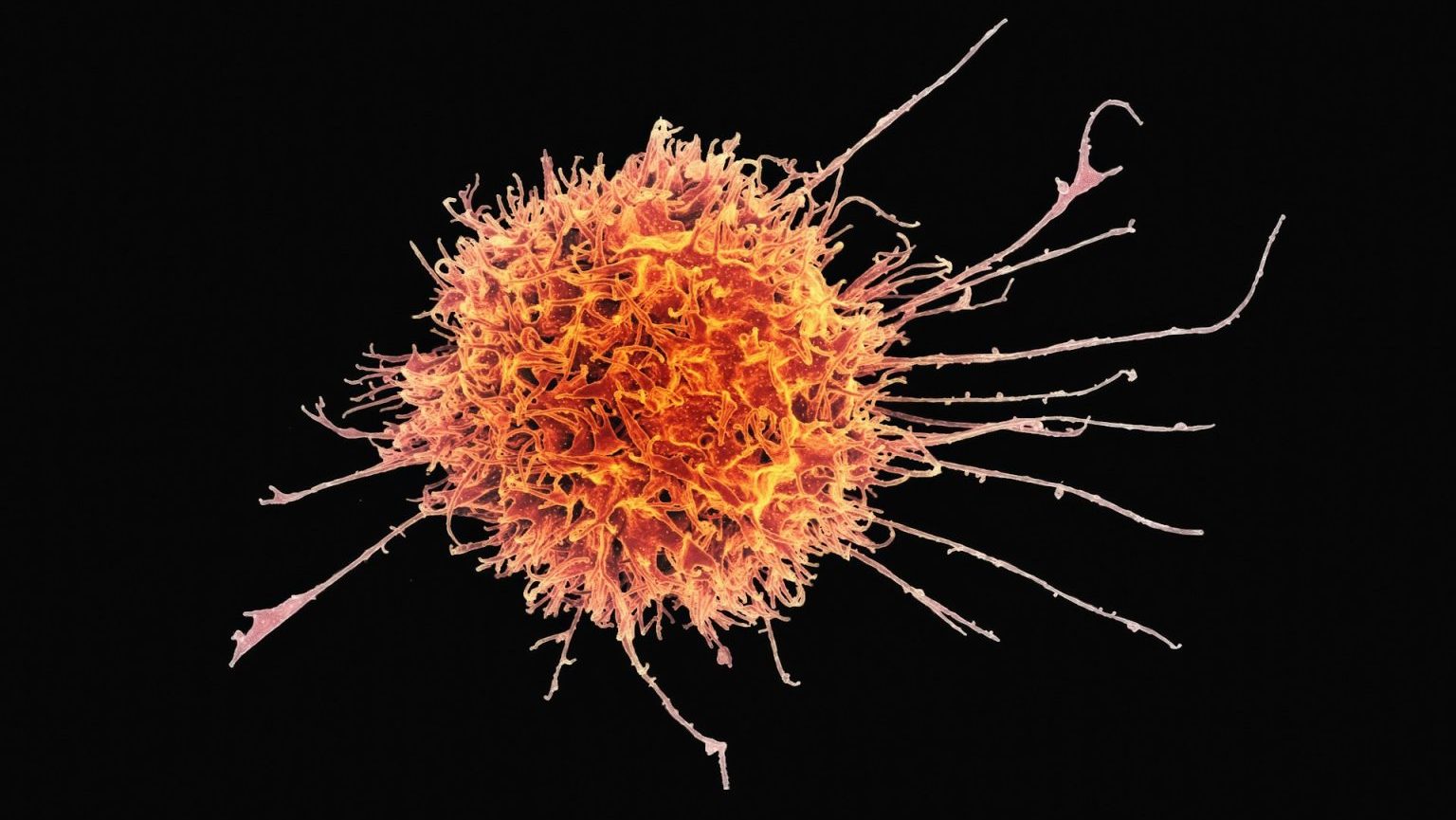What happens when two different respiratory viruses infect the same cell?

Right now, there’s just one virus on everyone’s minds: SARS-CoV-2, the virus that causes COVID-19.
But humanity is plagued by many respiratory viruses, such as influenza A (IAV) and respiratory syncytial viruses (RSV), which cause hundreds of thousands of deaths every year. Most of these viruses – apart from influenza and SARS-CoV-2 – have no vaccines or effective treatments.
A recent study from the University of Glasgow has discovered what happens when you get infected with some of these viruses at the same time, and it has implications for how they make us sick and how we protect ourselves from them.
For many reasons, respiratory viruses are often found during winter in the temperate regions of the world, or the rainy season of equatorial regions. During these periods, you’ll probably be infected with more than one virus at any one time in a situation called a “co-infection”.
Research shows that up to 30% of infections may harbour more than one virus. What this means is that, at some point two different viruses are infecting the cells that line your nose or lungs.
We know that co-infection can be important if we look at a process called “antigenic shift” in influenza viruses, which is basically caused by virus “sex”. This sometimes occurs when two different influenza strains meet up inside the same cell and exchange genes, allowing a new variant to emerge.
Co-infection can create a predicament for viruses when you consider that they need to compete for the same resource: you. Some viruses appear to block other viruses, while some viruses seem to like each other. What is driving these positive and negative interactions during co-infections is unknown, but animal studies suggest that it could be critical in determining how sick you get.
The University of Glasgow study investigated what happens when you infect cells in a dish with two human respiratory viruses. For their experiments, they chose IAV and RSV, which are both common and cause lots of disease and death each year. The researchers looked at what happens to each virus using high-resolution imaging techniques, such as cryo-electron microscopy, that their labs have perfected over the years.
They found that some of the human lung cells in the dish contained both viruses. And, by looking closely at those co-infected cells, they found that the viruses that were emerging from the cell had structural characteristics of both IAV and RSV. The new “chimeric” virus particles had proteins of both viruses on their surface and some even contained genes from the other. This is the first evidence of this occurring from co-infection of distinct respiratory viruses.
Follow-up experiments in the same paper showed that these new chimeric viruses were fully functional and could even infect cells that were rendered resistant to influenza, presumably gaining access using the RSV proteins could even get into a broader range of human cells than either virus alone could. Potentially, this could be happening during natural co-infections during the winter.
Why we need to study chimeric viruses
Studying disease-causing pathogens is extremely important and helpful for creating vaccines and treatments, yet safety is still paramount. It’s important to point out that the researchers in this study did not perform any genetic engineering between two viruses and only modelled what is already happening in the real world, but using safer laboratory strains of viruses under lab conditions.
We know about the significant role co-infection can play in a virus’s life, such as during influenza antigenic shift or the curious case of hepatitis D virus borrowing bits of the other viruses, such as hepatitis B, to spread. Nevertheless, the work by the University of Glasgow researchers has significant implications for our understanding of how other very different respiratory viruses might interact, antagonise and even promote each other’s infections in the ecosystem of our nose and lungs. Together, this work shows the complex and often messy interactions between viruses during the winter.
Undoubtedly, future work will explore how this co-infection affects transmission, disease and immunity – things that aren’t easy to determine in a dish.![]()
Connor Bamford, Research Fellow, Virology, Queen’s University Belfast
This article is republished from The Conversation under a Creative Commons license. Read the original article.
![]()





